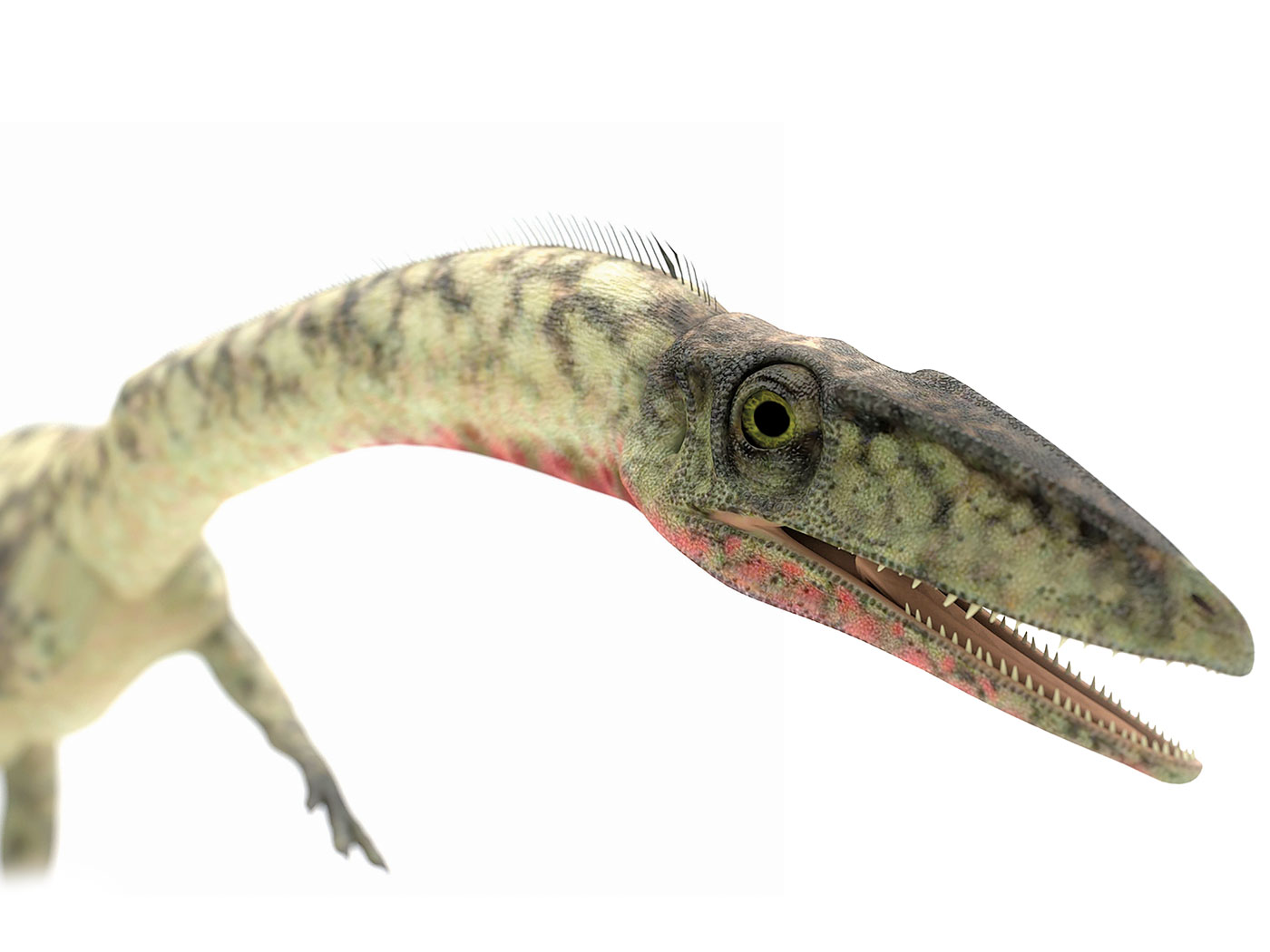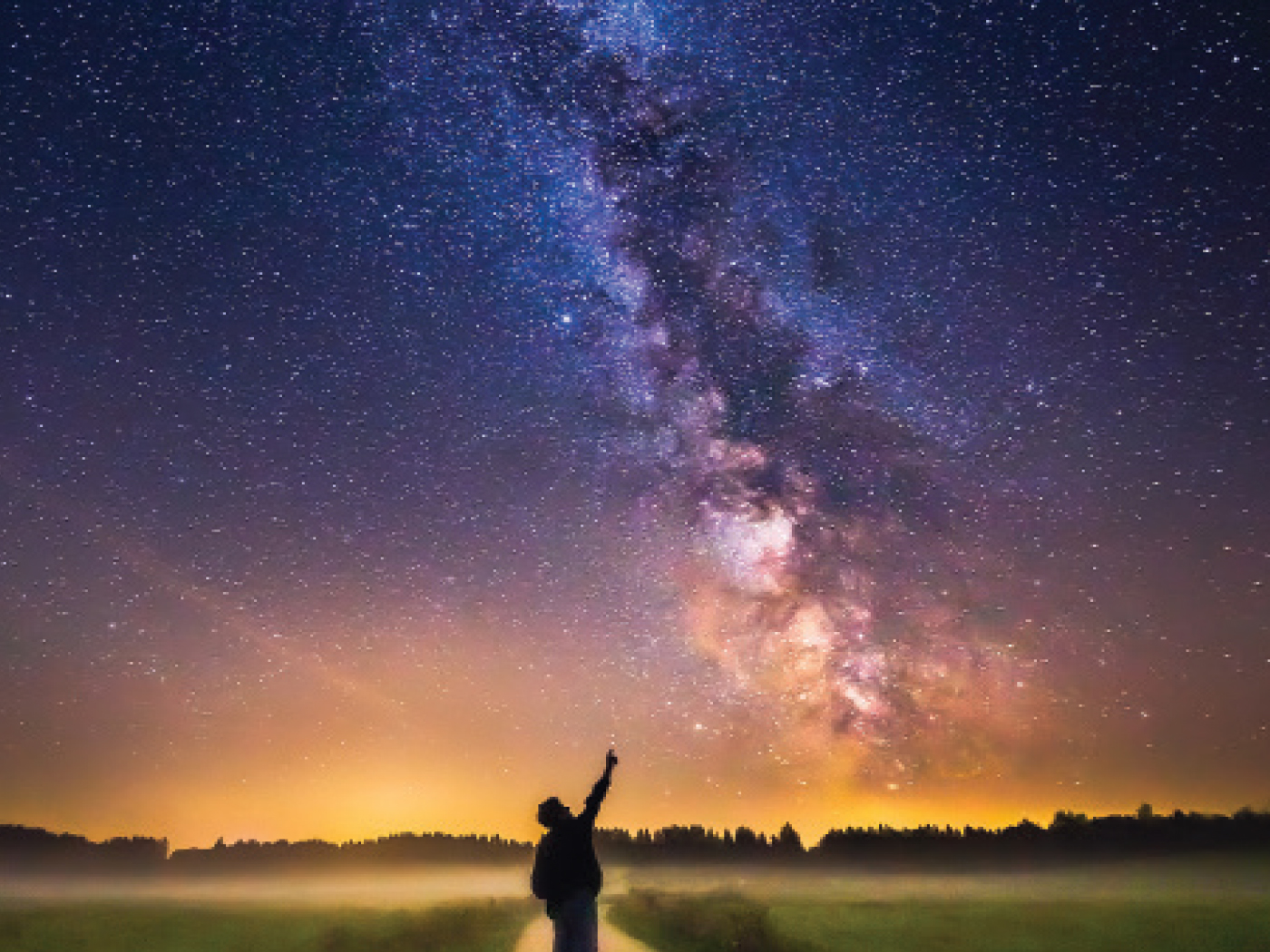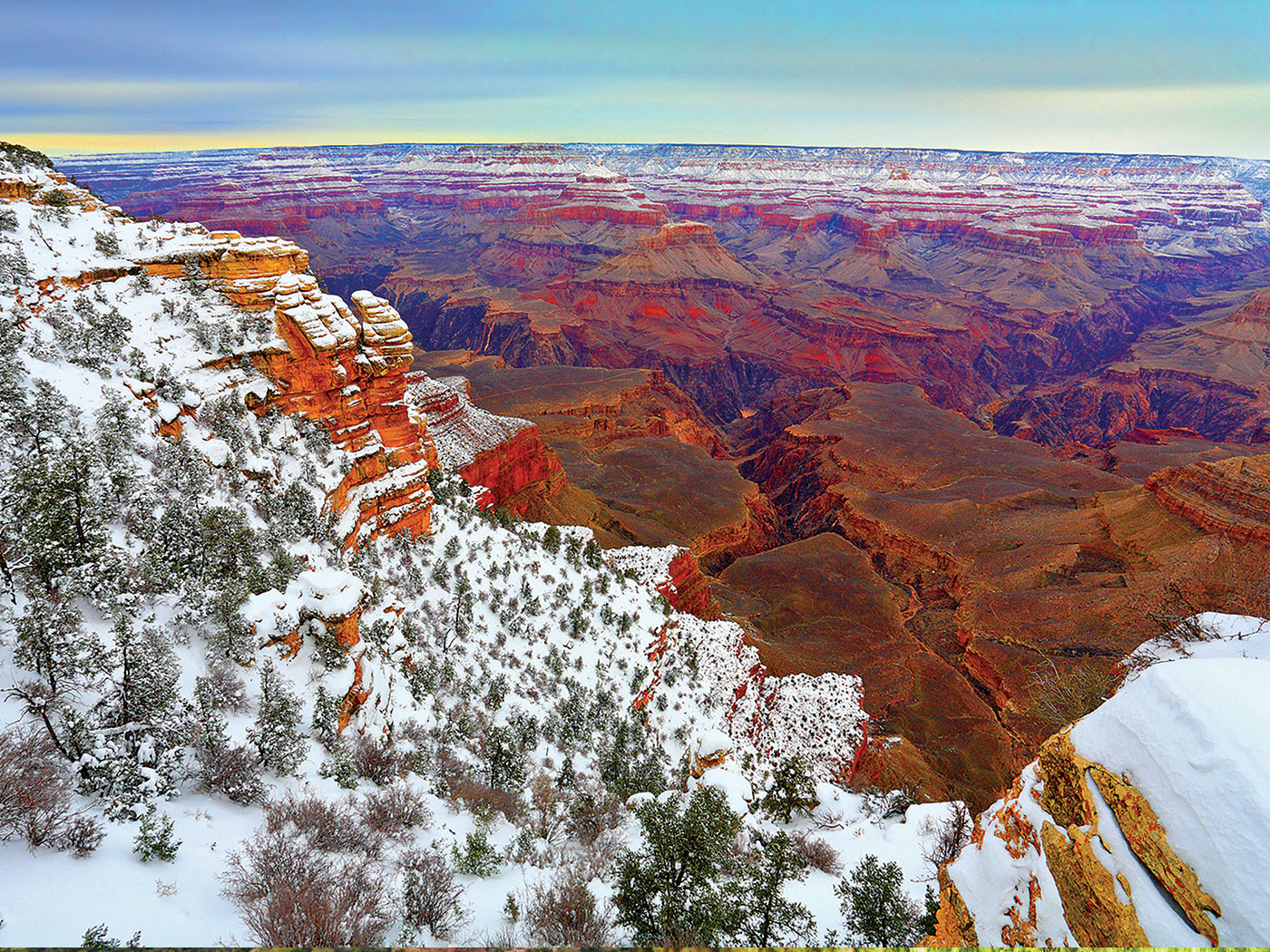Buried bones, ancient carvings, and cave paintings reveal early European cow-types. Some had the large shoulder humps of bison, some showed the big horns of the aurochs—extinct ancestors of modern cattle—and others seemed like hybrids between these forms. Classic Darwinian evolution asserts one ancestor for various descendants. These supposedly separate into isolated species which can't breed, like tree branches extending far from their trunk. A recent study exposed how this concept clashes with the actual trends in cow-kind variation.1
The study, published in Nature Communications, analyzed both mitochondrial and nuclear DNA sequences extracted from numerous ancient European bovine bones.1 The team identified three species among the remains: the steppe bison, the aurochs, and a mysterious hybrid species they nicknamed the "Higgs Bison" as a play on the mysterious subatomic particle called the Higgs boson.2 When they pinned each bone's radiocarbon age to a timeline, an unexpected pattern emerged.
The mystery species dominated the European landscape for a while, then gave way to the Steppe Bison, only to reassert itself again later on, repeatedly.
Archaeologists then helped the ancient DNA experts identify cave paintings of the Steppe Bison and a mystery bovid that had a smaller shoulder hump and shorter horns than the Steppe bison (which resembled the American bison). The mystery cow's DNA sequences showed a mix of Steppe bison and Aurochs, much like the mixed traits shown on some of the cave painting forms.
They concluded the mystery animal was a bison-cattle hybrid.
Professor Alan Cooper directs the Australian Centre for Ancient DNA and is the senior author of the Nature Communications report. He explained in an online video that accompanied this research, "It's actually an aurochs and a bison doing things they're not meant to be doing together and producing a completely new species. And they survived, which is bizarre."3
Cooper similarly told the University of Adelaide news, "Finding that a hybridisation event led to a completely new species was a real surprise—as this isn't really meant to happen in mammals."4
But was this hybridization really not "meant to happen," and what really makes it "bizarre?"
Classic notions of evolution portray later generations as losing their ability to breed with parallel descendants while changing creatures morphed into completely separate forms over eons. Returning to evolution's tree branch analogy, the branches of later descendants should not be able to loop back and merge with other branches that extended far away from when they were joined as the trunk.
It appears that ancient cow varieties never received this evolutionary memo telling them they were forbidden to merge. No net evolution occurred in the bovine kind—just variations emerging, merging, and re-emerging—all within the same basic creature kind.
A Bible-friendly idea of animal variations fits Aurochs-bison hybridization. In contrast to evolution's expectation of a one-way journey to a new and stable species, Genesis thinking suggests that God created animals with the potential to deploy trait variations every generation without losing their fundamental forms.5
This variation-within-kind model easily accommodates breeding between related populations. Instead of one central trunk at the root of all of life, each kind had its own separately created trunk. Descendants can branch off or merge with others within their kind as changing environments (like the Ice Age) come available for inhabitation. This perspective permits designed variations, not simply Darwinian struggles against death.
Finally, if bison-cow hybrids were supposed to be bizarre in the distant past, then surely they should be even more bizarre now. But they still happen today! Hybrids between American bison and longhorn cattle roam among the mixing bovine populations in places such as the Wichita Mountains Wildlife Refuge in central Oklahoma. Even all these years later, bovine species can still interbreed.
Since bison and cows interbreed today, and since the Bible suggests variations occur within created kinds, the discovery of ancient cow-bison hybridization only seems "bizarre" when compared to narrow evolutionary expectations. Creation thinkers consider within-kind hybridization quite normal, not bizarre, and trait variations and mergers, like a cattle-bison hybrid, are meant to happen.
References
- Soubrier, J., et al. 2016. Early cave art and ancient DNA record the origin of European bison. Nature Communications. 7: 13158.
- Hebert, J. The Higgs Boson: A Blow to Christianity? Creation Science Update. Posted on ICR.org July 13, 2012, accessed October 28, 2016.
- Higgs Bison research. Australian Centre for Ancient DNA (ACAD). Published on youtube.com October 18, 2016, accessed October 26, 2016.
- The Higgs Bison—mystery species hidden in cave art. University of Adelaide News. Posted on adelaide.edu.au October 19, 2016, accessed October 26, 2016.
- Criswell, D. 2009. Speciation and the Animals on the Ark. Acts & Facts. 38 (4): 10.
Image credit: Copyright © 2015 T. Jackson. Adapted for use in accordance with federal copyright (fair use doctrine) law. Usage by ICR does not imply endorsement of copyright holders.
*Mr. Thomas is Science Writer at the Institute for Creation Research.
Article posted on November 7, 2016.







